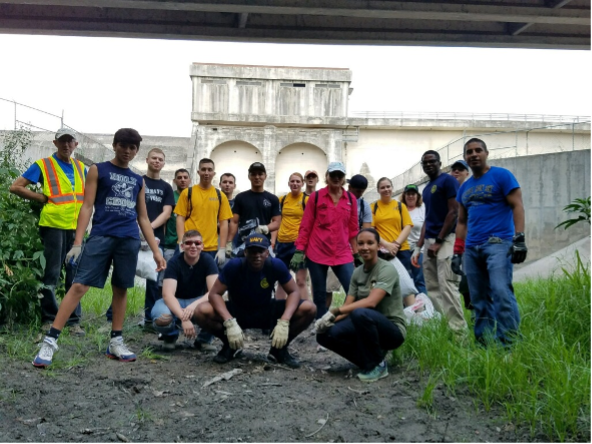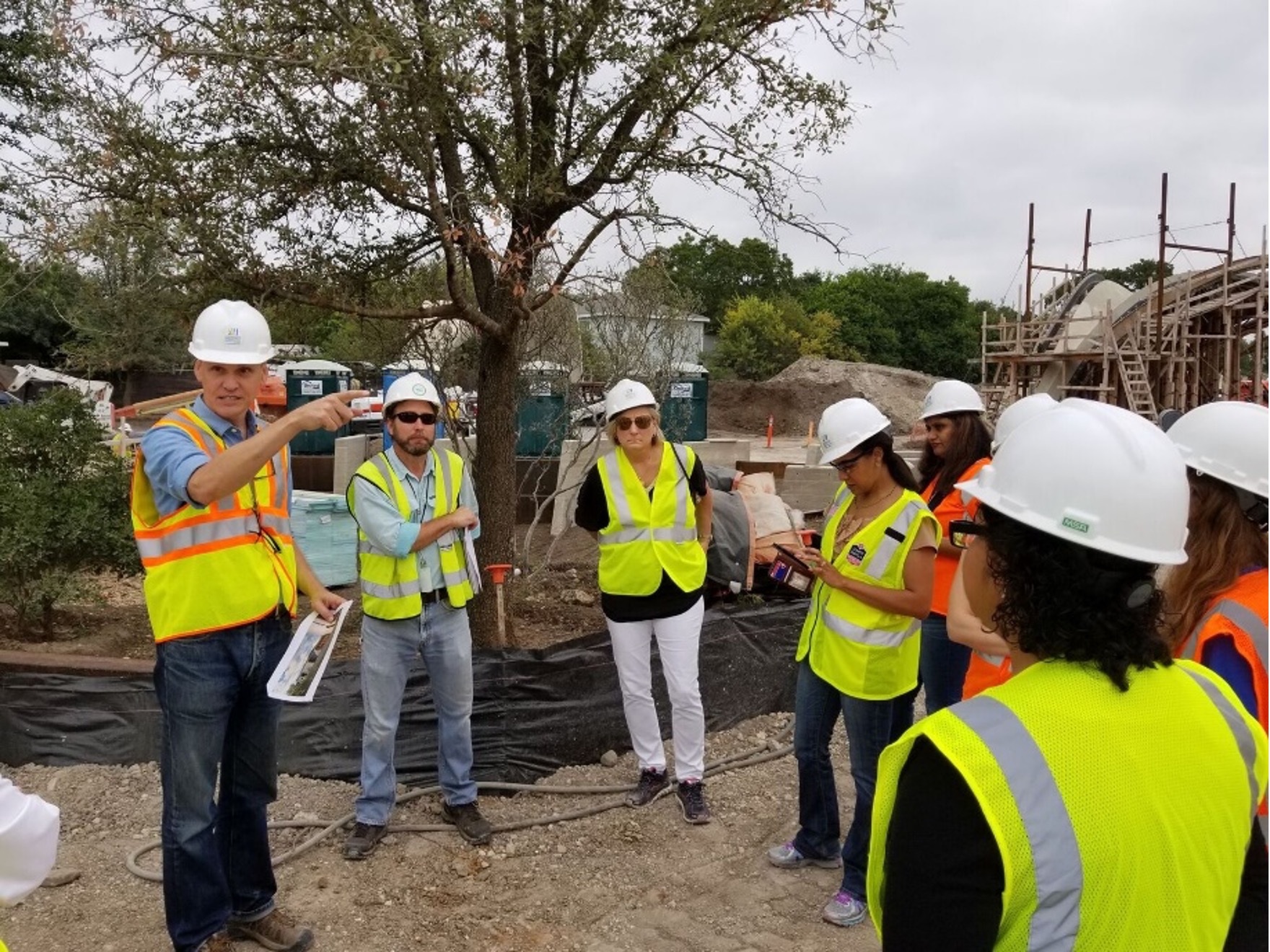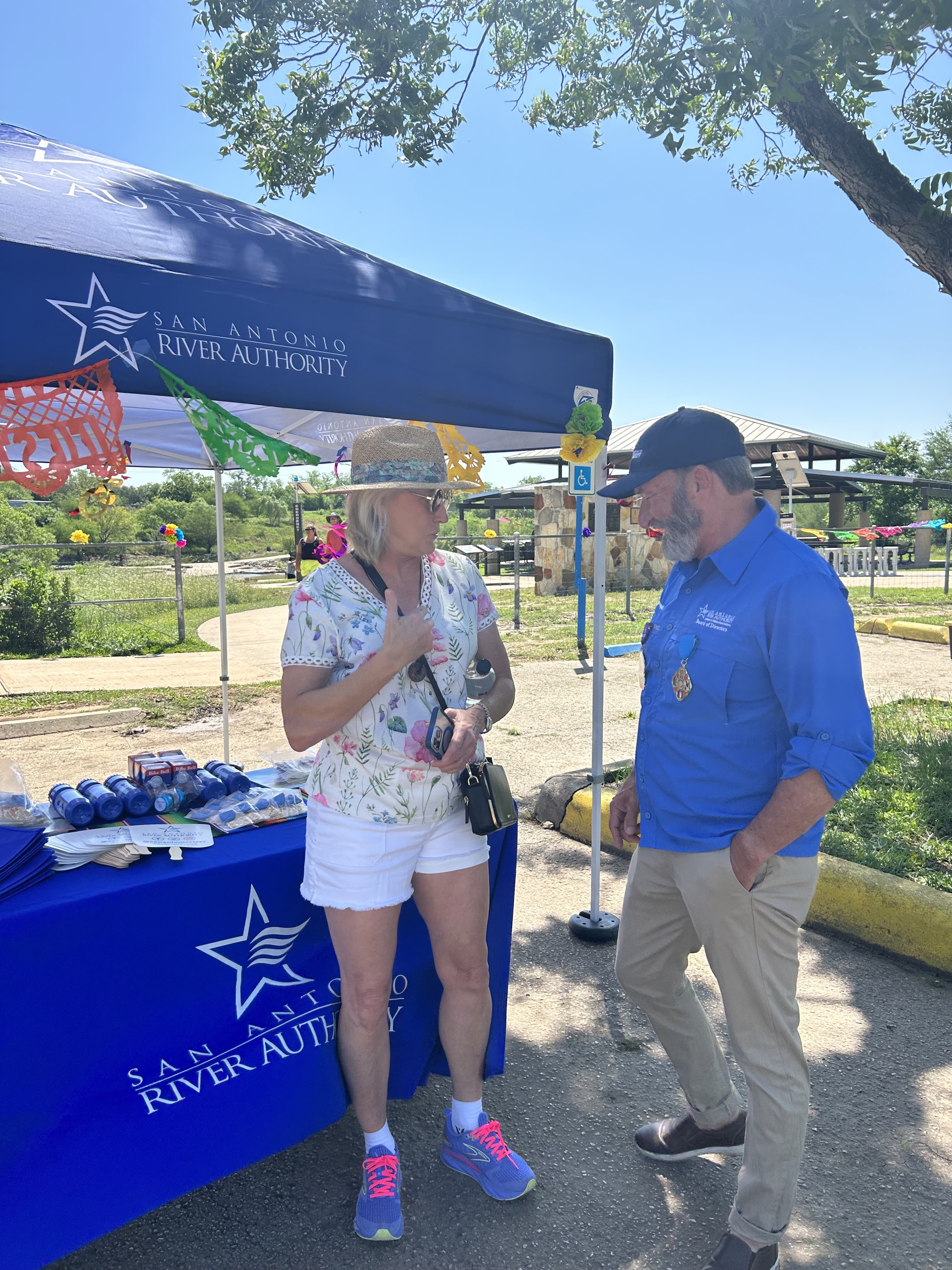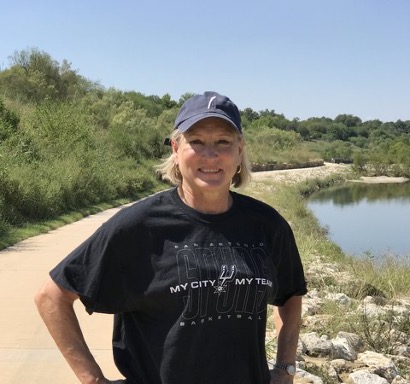Last Updated on January 30, 2024
This series provides readers the opportunity to learn about the unique insight and experiences of the San Antonio River Authority (River Authority) Board of Directors and their personal connection to the San Antonio River in hopes of inspiring stewardship of area creeks and rivers.
Deb Bolner Prost, Bexar County At-Large, Executive Secretary, Fiscal Co-chair
Deb Bolner Prost’s entrepreneurial career has spanned the advertising, marketing, and statistical data industries with an emphasis on branding, consumer perceptual mapping, and satisfaction. Armed with a BS (advertising and psychology), an MBA, and an internship with J. Walter Thompson (NY), Deb held managerial positions with Ed Yardang & Associates Ad Agency before starting Promark Research in 1982. She built that company into a successful marketing information and research firm, then sold it in 1992. Today, Prost focuses on strategic management, marketing, and research activities via her consulting firm Prost Marketing, Inc.
Deb is also highly active in her profession and community, having held key positions in many organizations. Currently, she serves on the San Antonio Public Library Foundation President’s Council and is a retired Councilwoman for the City of Olmos Park. Deb was first elected to the San Antonio River Authority (River Authority) Board in 2017 and currently serves as the Executive Secretary.
How does the River Authority show commitment to the community’s safety?
The River Authority’s commitment to its mission – Safe, Clean, Enjoyable Creeks and Rivers – can be seen throughout all four counties of the San Antonio River Basin. The River Authority undertakes extensive statistical flood modeling and works closely with the community to promote flood safety. It is essential to inform the public about flood risk and increase the community’s understanding of the role that existing infrastructure, such as dams, plays in the protection of life and property.
Our public outreach efforts also extend into educating constituents on their personal impacts on the river. Water quality monitoring stations throughout the watershed provide data that the River Authority utilizes to bring awareness to the role that we play in keeping our river clean. The “Don’t Let Litter Trash Your River” initiative calls constituents to be mindful of the human impact on the ecosystem. Even if it is not your litter, it is your river.

Deb joins a group of volunteers to clean up litter near Olmos Dam.
What motivated you to serve on the River Authority board?
My family is from the Canary Islands, so we were among the first sixteen families to settle in San Antonio and help build the commercial side of the city. My grandfather went to school at Mission San Juan in the early 1900s. The San Antonio River and the Missions are entwined into the history of San Antonio, each supporting the other. The River Authority’s mission goes hand in glove with keeping the history of San Antonio alive and vibrant for future generations. The Witte Museum’s gallery illustrating the rich Native American history and culture in San Antonio, depicts people using San Pedro Creek as a source of drinking water and a vehicle for irrigation. As a member of the San Pedro Creek Culture Park‘s Advisory Committee, I recognized the importance of bringing what was a cement drainage ditch back into an ecosystem, restoring the creek back into the culture of San Antonio. Honoring the city’s rich history and culture while preserving the ecosystem motivates me to serve my community on the River Authority’s Board of Directors.

Deb and River Authority staff tour the construction site of Confluence Park.
What San Antonio River Basin Report Card metrics do you find most interesting?
I am most interested in two metrics: Completed Stream Restoration and Whooping Crane Population. I have visited where the San Antonio River flows into the Gulf of Mexico, and I could see the impact of our environmental and ecological work. The River Authority contributes to maintaining the critical balance between fresh and saltwater to enable baby shrimp, blue crabs, and other aquatic life to thrive as part of that delicate and fragile ecosystem. The results of the ecological work outlined in the Stream Restoration metric can be seen both in the Report Card and in person there at the shores of the Texas Gulf.
On the avian side, the River Authority helped to rebuild the nests of Whooping Crane flocks in the Aransas National Wildlife Refuge after Harvey. The Basin Report Card shows the resulting successful rebound of the Whooping Crane population. In fact, this metric received an A+ in the past three Report Cards. I look forward to continuing our work in maintaining a healthy ecosystem upstream and downstream in the Gulf.

Deb with Chairman of the Board Jim Campbell
What are your favorite features or spots along the River Authority’s Bexar County Projects?
I enjoy biking on the Mission Reach, starting at Blue Star and going down to Mission San Juan. I appreciate the full access that this stretch provides to the Missions. There are paths that go right up to every Mission, bringing history to the river. While enjoying the trails, I often see wildlife enjoying the restoration. Specifically, I enjoy the multitude of avian species that have returned to the river, such as egrets and osprey. I can see the renewed health of the sections where the River Authority conducted prescribed burns. It is incredible to see the way that the environment bounces back. With the beautiful flora and fauna, the kayakers, and the installed art pieces, the Mission Reach is a great segment to visit.

Deb shows her Spurs spirit while walking along the Mission Reach.





